Popular Fish Has Large Amounts of Heavy Metal
This popular fish, especially in Poland, has long been the most available and cost-friendly option for shoppers looking for a good deal. However, a recent study discovered that there is a toxic substance in this dinner choice.
While pangasius is still at the top of the list of the most infamous fish with high contents of toxins, tilapia is quickly climbing the ranks thanks to heavy metals in the waters it is found in.
The Unhealthy Heavy Metals in Tilapia
A recent study from the Sea Fisheries Institute – National Research Institute (via Essanews) discovered the presence of an unhealthy level of substances in marine and farmed fish. The researchers behind the study found the species imported from Vietnam and China had a higher level of heavy metals compared to other fish.

Source: WorldFish/Flickr
In tilapia meat, the researchers discovered that there was a high concentration of lead compared to the other fish in the study. But that’s not the only issue with the fish.
Other Issues With Tilapia
The researchers also discovered that tilapia also contained mercury and cadmium. However, these levels of heavy metals are much lower compared to the levels of lead.
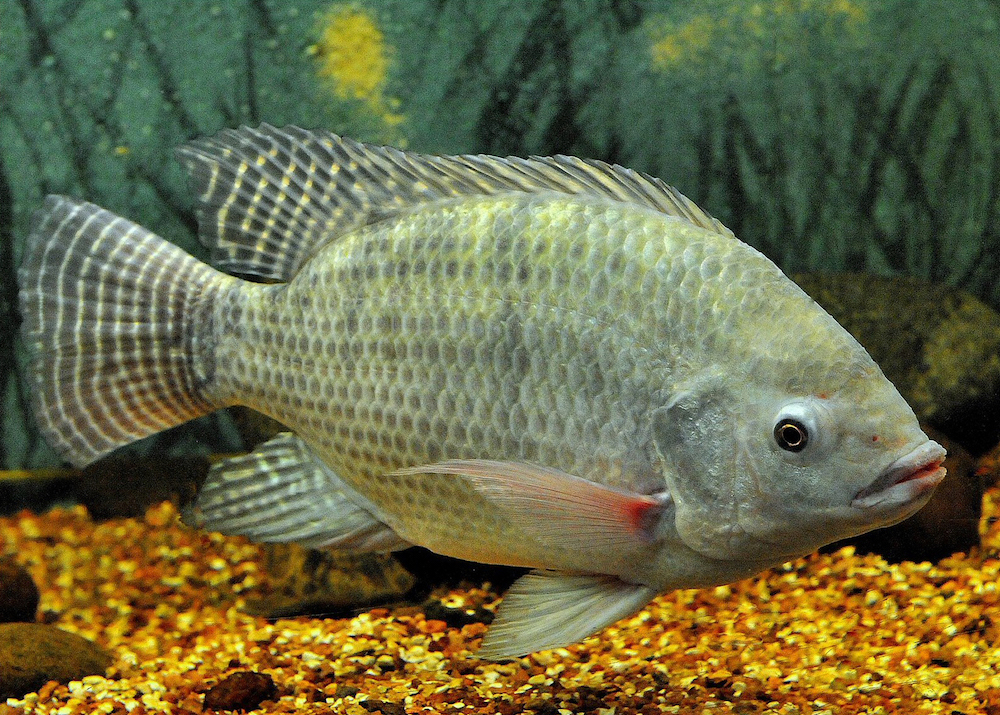
Source: Wikimedia Common
On top of all the levels of metals in the fish, scientists from Wake Forest University have found that the ratio of omega-3 and omega-6 fatty acids in tilapia meat is very unfavorable for consumers, and could lead to asthma, heart disease, and joint inflammation.
The Safest Tilapia to Eat
Tilapia is naturally found in Africa, but the ones that often end up in our grocery stores come from farms in polluted waters of Asia. Tilapia farms also exist in Europe, and these fish have been found to have low levels of mercury contamination.

Source: Freepik
These fishing farms, however, have become a growing concern for researchers who believe that they contribute to climate change.
Fish to Watch Out For
The marine environment has been turning a blind eye until recent years. Researchers have discovered that the pollution in the waters has largely affected the number and quality of fish that we catch and consume.
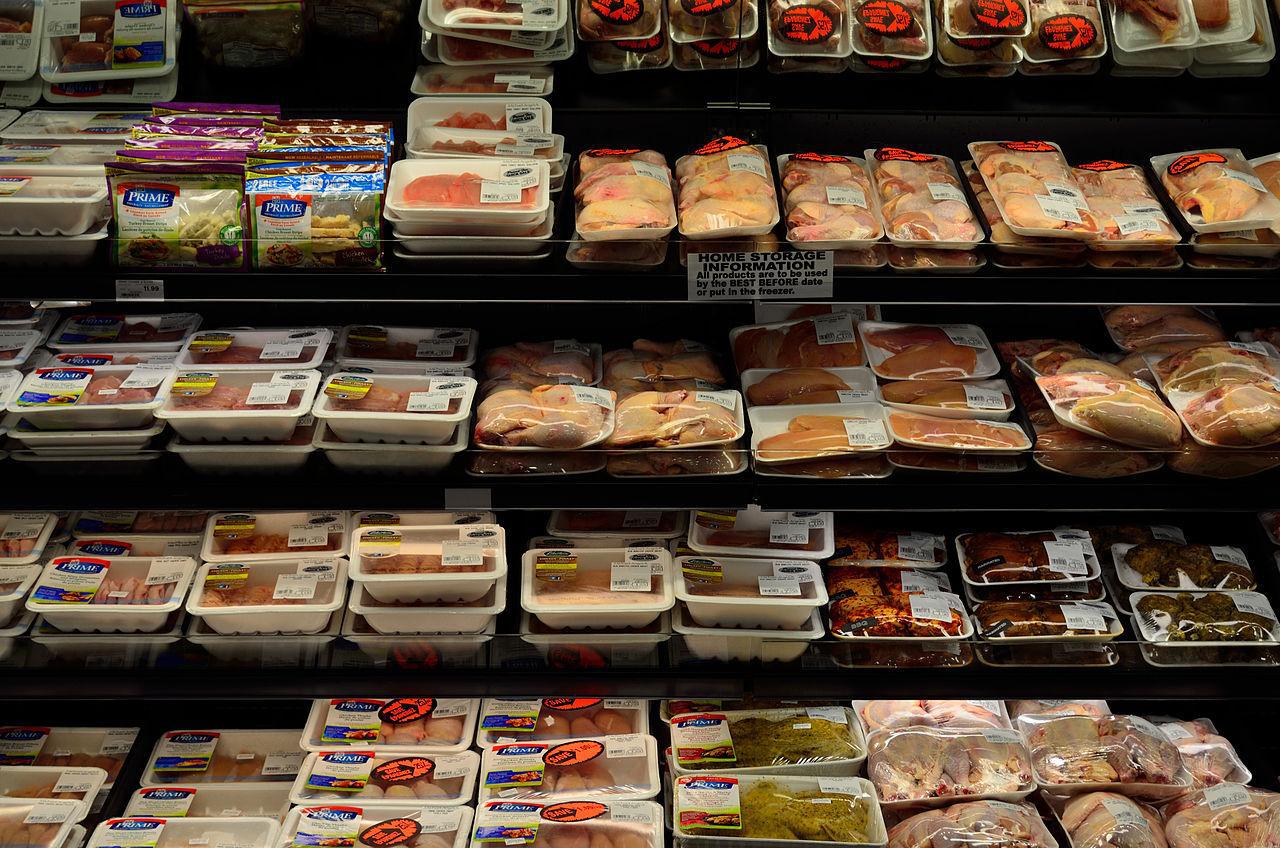
Source: Raysonho @ Open Grid Scheduler/Grid Engine/Wikipedia
While knowing where your fish comes from, there is a list of fish that you should know about before purchasing them at your local grocery store.
The Increasing Levels of Mercury in Fish
Mercury in seafood has been a large concern for many. The National Oceanic and Atmospheric Administration (NOAA) conducted a study between 2010 and 2016 to identify the location of high mercury in fish in the Gulf of Mexico.

Source: Freepik
Apex predators and pelagic species are typically at the top of the list, but some outliers will make you pause before you eat them.
Golden Tilefish
Located on the East Coast of the US and the Gulf of Mexico, tilefish, a colorful fish with green, yellow, and white markings, have been an essential part of diets as its flavor is reminiscent of lobster or crab.
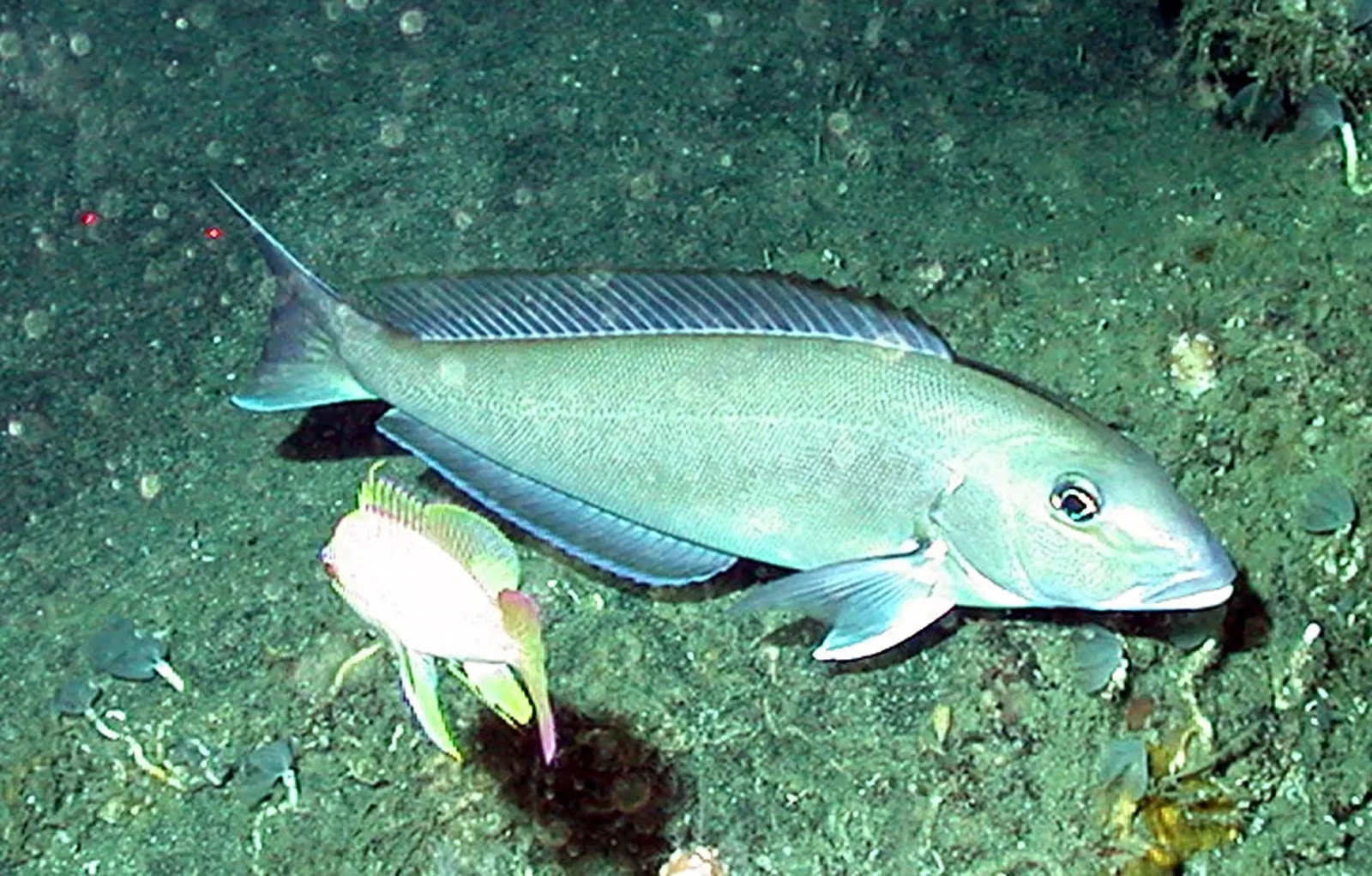
Source: animalia
However, the golden tilefish found in the Gulf has almost eight times the mercury content of the same species found in the Atlantic.
Gulf Marlin
An apex predator that consumes numerous smaller species for its dietary needs is the marlin. While this predator can be a tasty meal, marlins contain a high level of mercury that is dangerously high levels for human consumption, according to Scientific American.
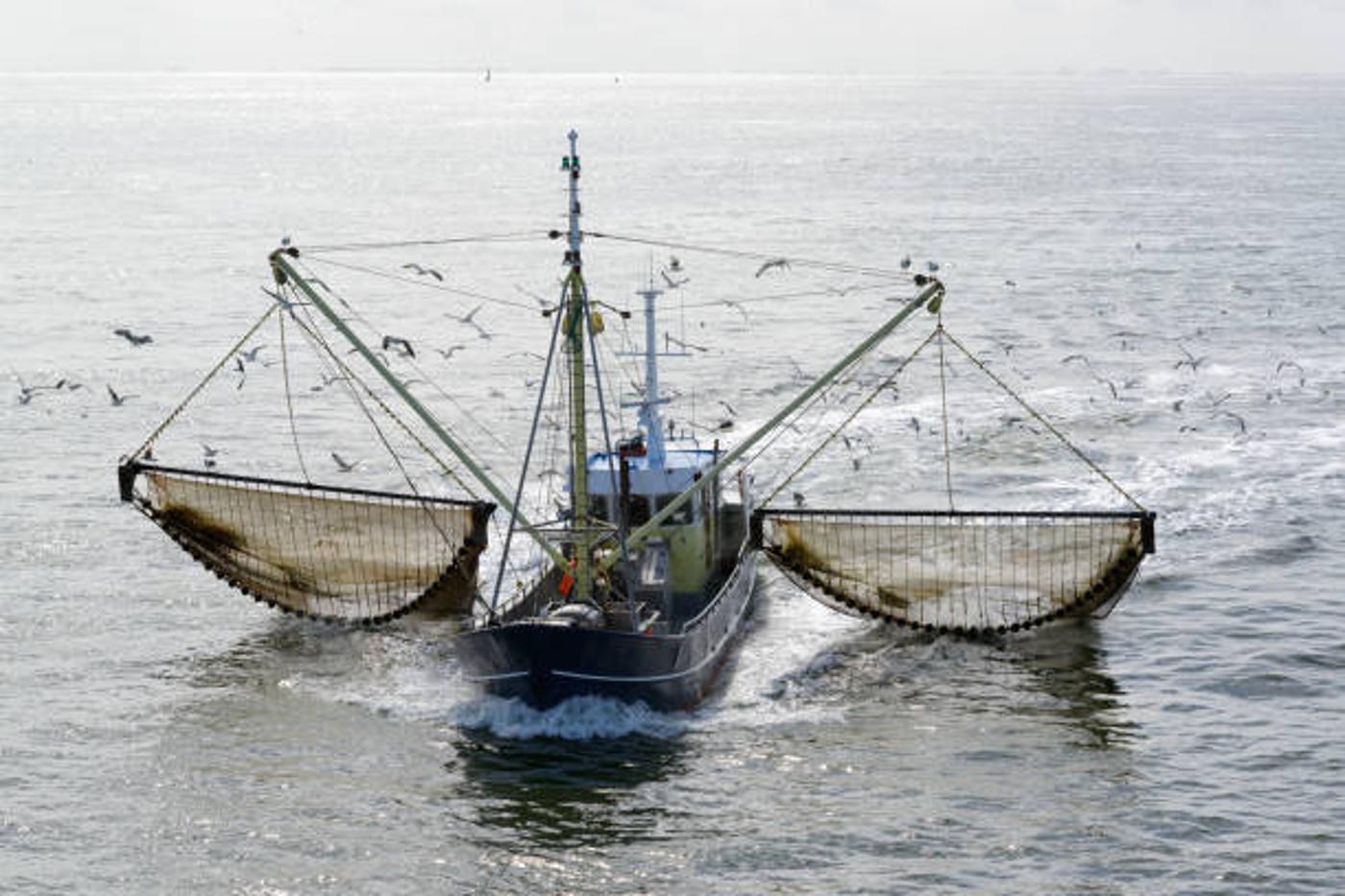
Source: iStock
However, blue marlin, which is found in the Pacific Ocean, is considered a “smart seafood choice” by NOAA as it doesn’t suffer from overfishing. The Gulf marlin is the fish that should give you pause.
Escolar
Escolar is another commonly eaten fish that should give you pause. This incidental bycatch from the tuna fishing industry has been on restaurant menus since the 1990s often rebranded as “white tuna.” However, there is a pretty big issue with this fish.

Source: Freepik
According to California Sea Grant, humans should only eat 6 ounces of escolar in one sitting because it has high levels of purgative properties.
Bluefin Tuna
Prized bluefin tuna is a treat for many. Both the Pacific and Atlantic bluefin populations are on the decline as they are overfished, and most people are turning toward farmed bluefin to make their sushi or upcoming dinner.

Source: Alamy
While there is nothing wrong with bluefin tuna, they are heavily overfished, putting their population at risk.
Farmed Salmon
Salmon is one of my favorite fishes to eat, whether I am at home or enjoying my local sushi joint. And I’m not alone. The National Fisheries Institute reports that salmon is the second most consumed seafood in the US.

Source: Fredrik Ohlander/Unsplash
However, our salmon typically comes from farms, which could pose problems for the fish. The best practices for farm-raised salmon come from indoor facilities with recirculating water systems that treat the wastewater. When you are looking to purchase salmon, it is recommended to purchase from farms located in Nova Scotia, areas of Chile, British Columbia, and other UK regions.
Cod
Cod is another heavily consumed fish across the world, but the fish population has been struggling since 1992 when the North American Atlantic cod population collapsed. Overfishing, intrusion from longer-ranging fishing boats, technological advances in techniques, and fishery mismanagement lead to the collapse.
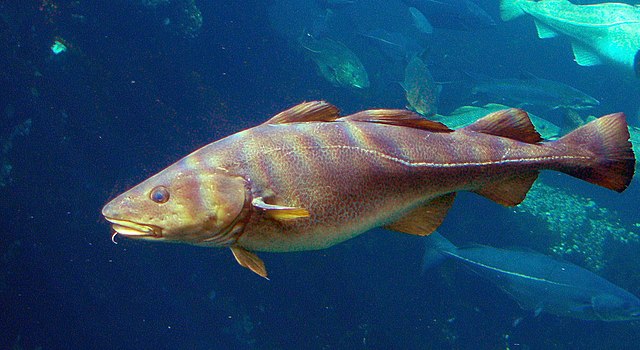
Source: Wikimedia Commons
While the cod population could bounce back soon, consumers should look for sustainably sourced cod when looking to purchase fish for dinner.
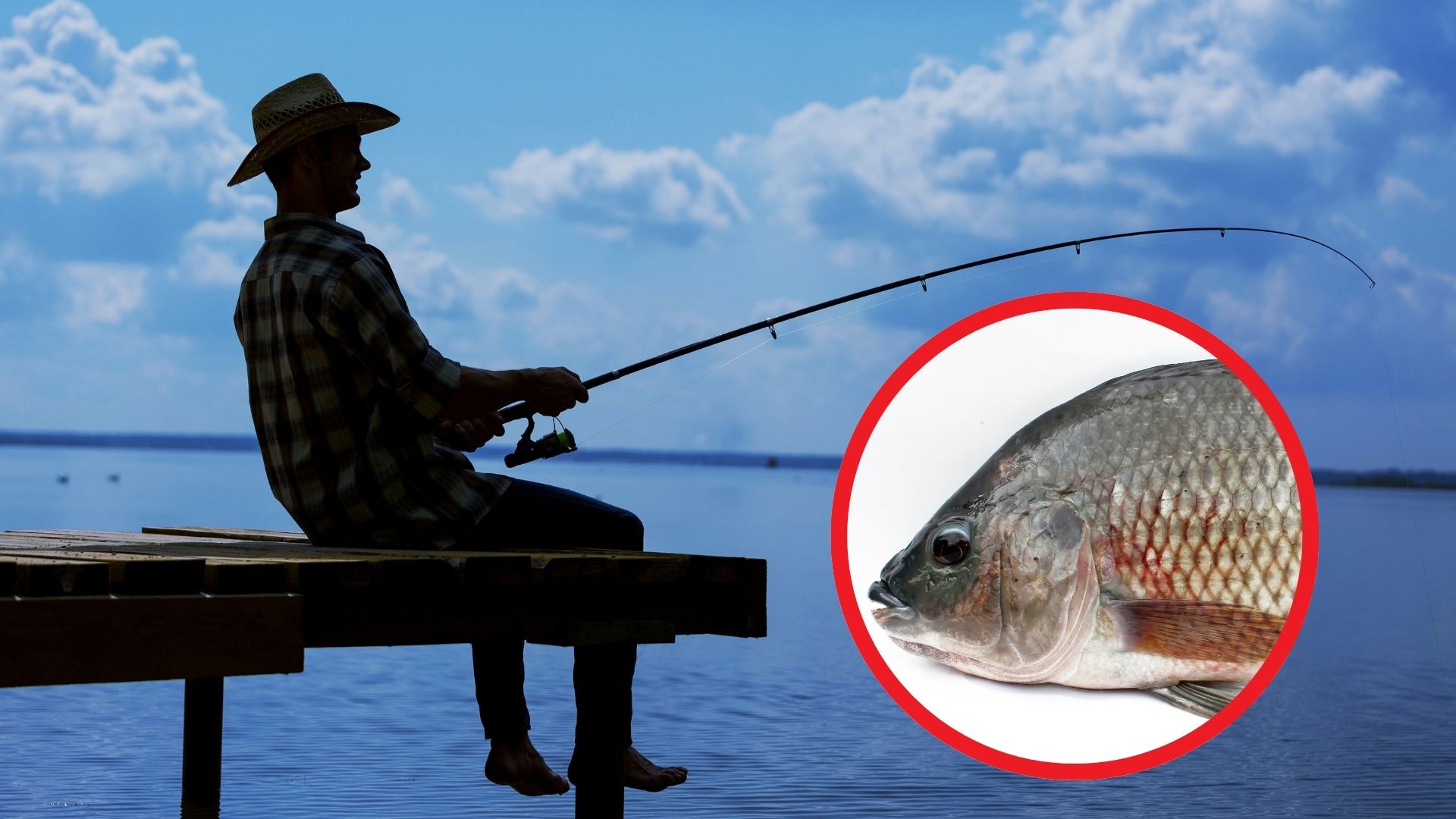
Source: Canva
